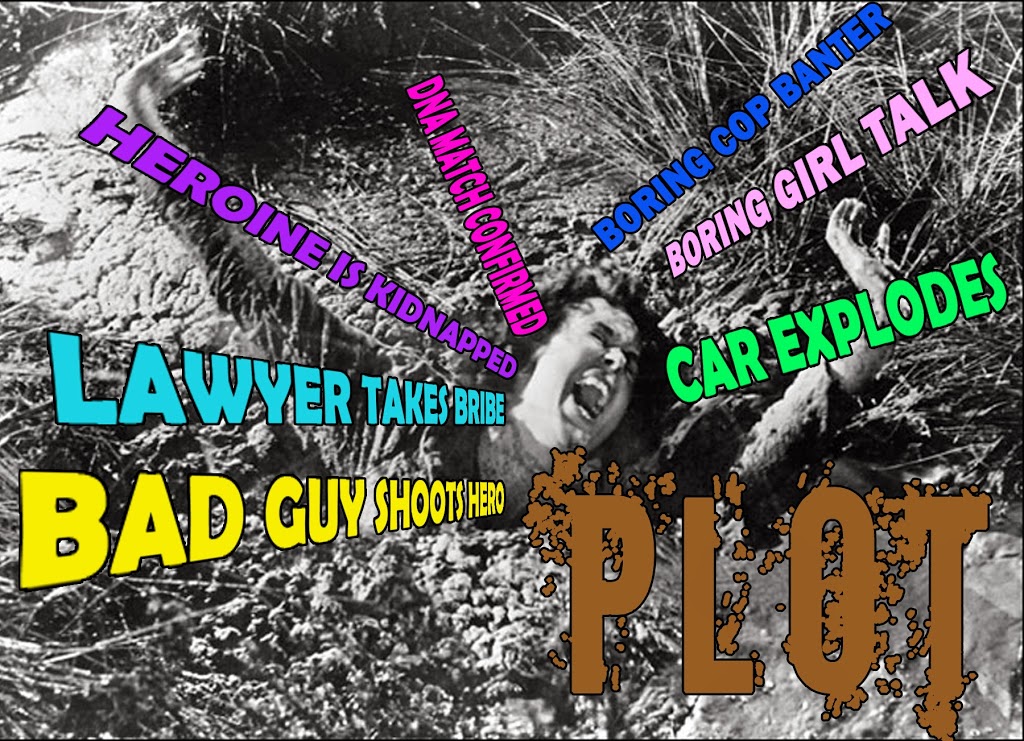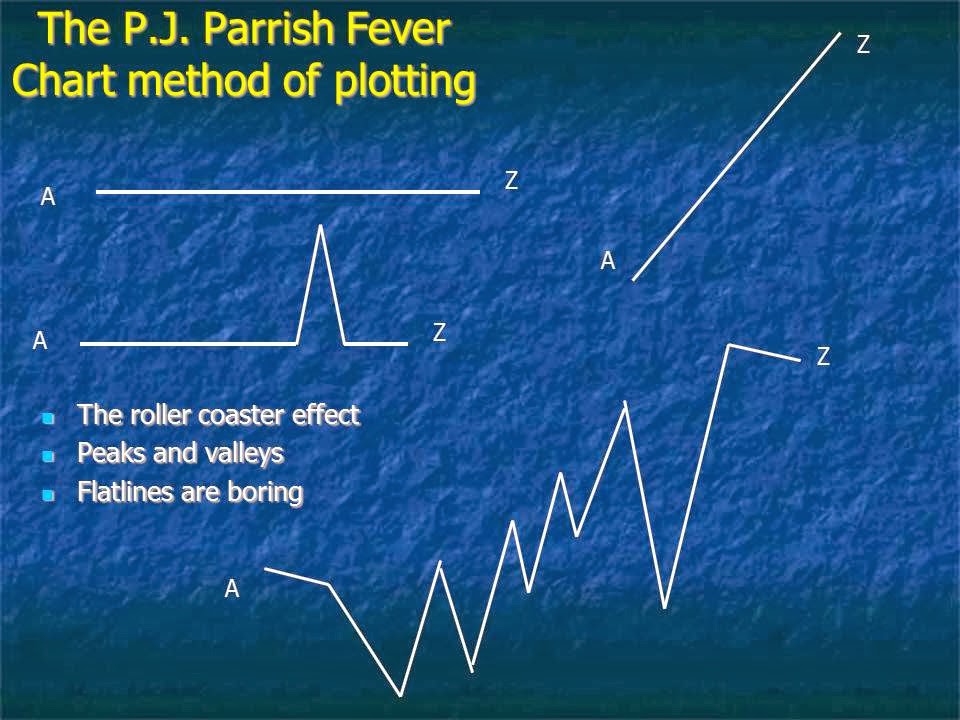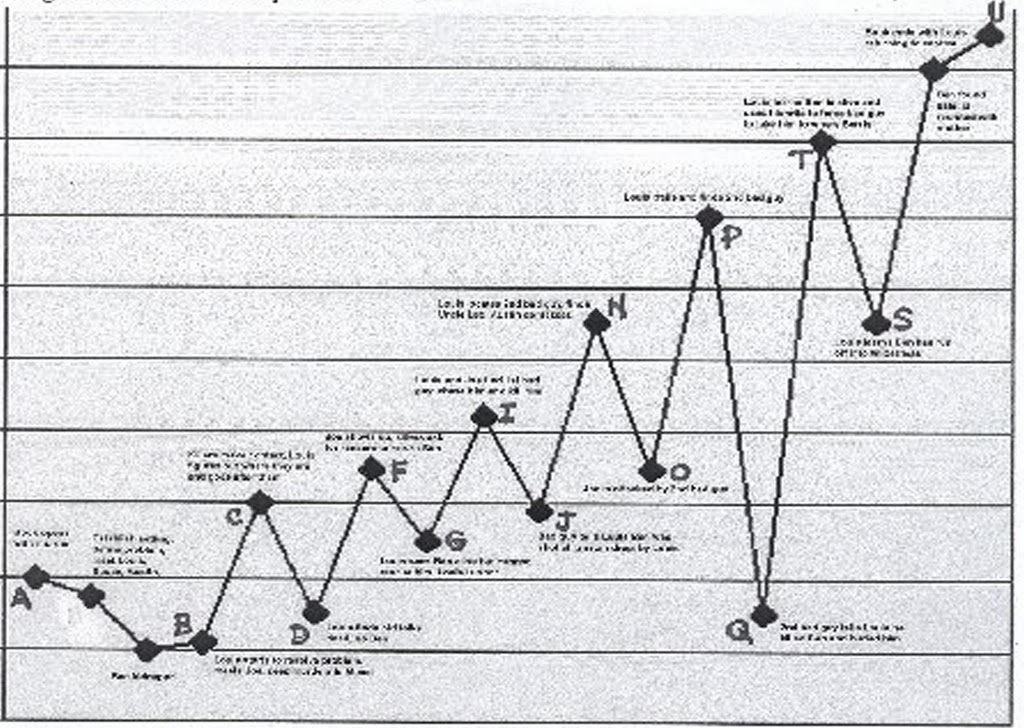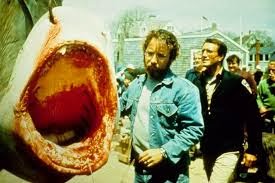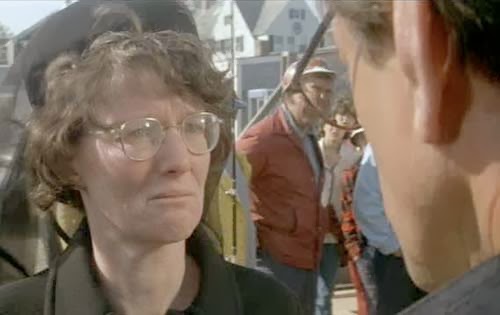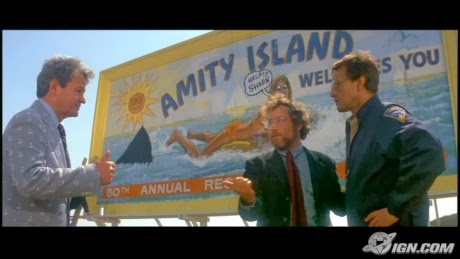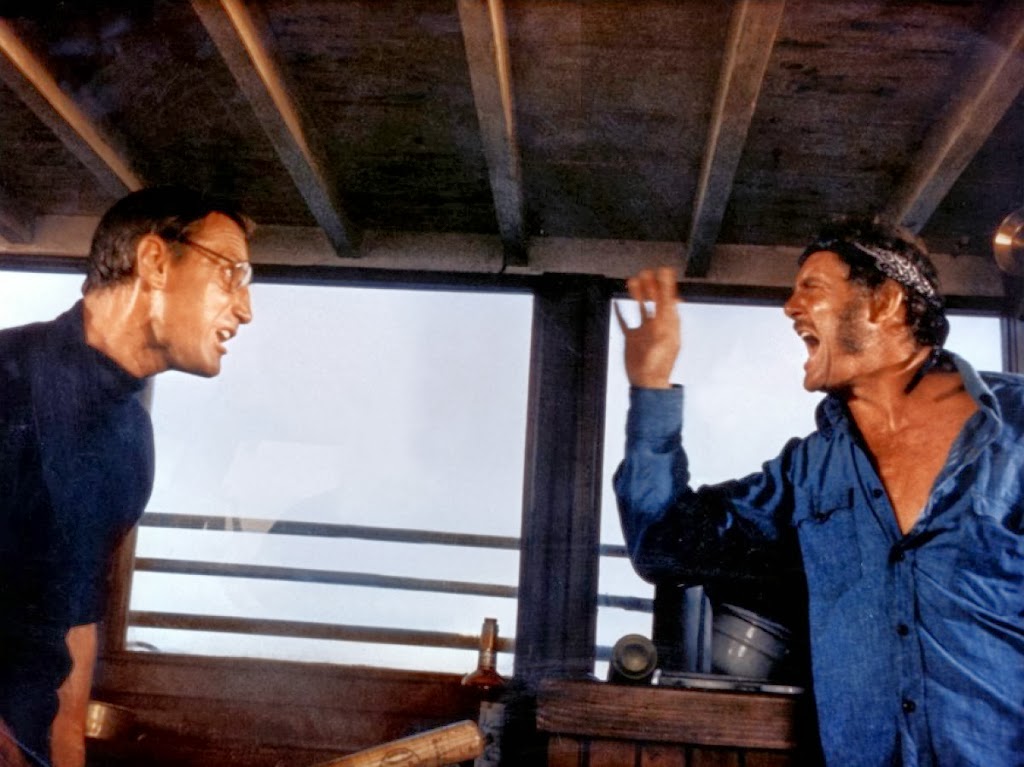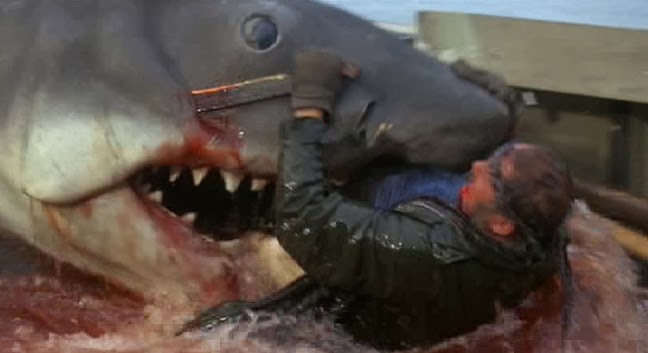Today’s Words of Wisdom is on a subject near and dear to my own writer’s heart: story structure. For me, story structure was the key that unlocked the puzzle of how to write novels that worked. I work on story structure before beginning writing a book, during drafting, and while editing.
We have excerpts from posts on structure by James Scott Bell, Jordan Dane and Larry Brooks. A link to the full post is provided at the bottom of the respective excerpts.


I love to teach structure, and Joe’s post on Wednesday brought up a tremendously important question. Someone in another writing forum wanted to know how you figure out where to end Act 2, and go into Act 3.
The question of where the act breaks go, and what they entail, may be the most crucial in all of dramatic structure, because if they are weak, the entire edifice of the story will be unsound. Knowing how to fix them will go a long way toward making your novel more readable.
Think of novel structure as a suspension bridge.
As is obvious from the picture above, the suspension bridge is held up primarily by the two supporting pylons, one near the beginning of the bridge and one near the end. Without these pylons in those exact spots, the bridge will not be stable.
Now looking at the picture you can see that it perfectly represents the 3 act structure. A solidly constructed novel will look just like a solidly constructed suspension bridge. If that first pylon is placed too far out from the beginning, the first “act” of the bridge will sag and sway. In a book or movie, it means the first act is starting to drag.
Similarly, if the second pylon is misplaced, you’ll end up either with anti-climax (the pylon too far away from the shore) or a feeling of deus ex machina (the pylon too close).
In my book, Plot & Structure, I refer to these pylons as “doorways of no return.” I wanted to convey the idea of being forced through doorways, and once that’s done, you can’t go back again. Life will never be the same for the Lead. If you don’t have that feeling in your story, the stakes aren’t high enough.
Now, the first doorway is an event that thrusts the Lead into the conflict of Act 2. It is not, and this is crucial, just a decision to go looking around in the “dark world” (to use mythic terms). That’s weak. That’s not being forced.
A good example of a first doorway is when Luke Skywalker’s aunt and uncle are murdered by the forces of the Empire in Star Wars. That compels Luke to leave his home planet and seek to become a Jedi, to fight the evil forces. If the murders didn’t happen, Luke would have stayed on his planet as a farmer. He had to be forced out.
In Gone With the Wind it’s the outbreak of the Civil War. Hard to miss that one. No one can go back again to the way things were. Scarlett O’Hara is going to be forced to deal with life in a way she never wanted or anticipated.
In The Wizard of Oz, it’s the twister (hint: if a movie changed from black and white to color, odds are you’ve passed through the first doorway of no return).
In The Fugitive, the first doorway is the train wreck that enables Richard Kimble to escape, a long sequence that ends at the 30 minute mark (perfect structure) and has U. S. Marshal Sam Gerard declaring, “Your fugitive’s name is Dr. Richard Kimble. Go get him!”
The second doorway, the one that closes Act 2 and leads to Act 3, is a bit more malleable, but just as critical. It is a clue or discovery, or set-back or crisis, one which makes inevitable the final battle of Act 3. It is the doorway that makes an ending possible. Without this, the novel could go on forever (and some seem to for lack of this act break).
In The Fugitive, at the 90 minute mark (the right placement for a film of just over two hours), Kimble breaks into the one-armed man’s house and finds the key evidence linking him with the pharmaceutical company. This clue leads to the inevitable showdown with the “behind the scenes” villain.
In High Noon, the town marshal reaches the major crisis: he finally realizes no one in the town is going to help him fight the bad guys. That forces him into the final battle of Act 3, the showdown with the four killers.
By the way, this structure works for both “plot driven” and “character driven” stories. It’s just that the former is mainly about outside events, and the latter about the inner journey. But that’s beyond the scope of this post.
James Scott Bell—January 16, 2010
I used to think of the 3-Act Structure as beginning, middle, and end, but I’ve read it more accurately reflected as Establish, Build, & Resolve by Michael Hauge in his book “Writing Screenplays that Sell.” Thinking of these acts in this manner denotes movement. So imagine these three segments as buckets, but before I can toss wads of paper (or scenes) into these buckets, I must have a place to start. Set aside your buckets for now and grab a paper and pen—or Sticky Notes, colors optional.
Presuming I have a general notion of my book, I would create a list of 20-25 things I know about the action in my book in terms of what I call “big ticket” plot movements. No backstory. What will go on my list will be scenes that I envision as key elements to my story. They won’t be put into any order. I merely list them as they occur to me. I would brainstorm without censoring my thoughts. I heard an author talk about creating notes on 3-M sticky notes, rather than a random list, but you get the idea. I don’t expect to know every scene in my book at this stage. The storyboard I create will be an evolving beast that I will change as I write, edit, and final my book so I can see my plot at a glance.
Now let’s talk about the 3-Act Structure in terms of a BIG “W.”
ACT I – Establish – The start of Act I (or the top left of my “W”) is the Triggering Event. It’s the inciting incident that will start my story, the point at which my main character’s life changes forever. As I travel down the left side of my “W,” I head for the 1st Turning Point that usually sets up the problem or the first low point or perhaps a moment of hope. This is a reversal point that changes the direction of my plot as I head out of Act 1. I’ve “Established” my world up to this point and the general conflicts and players in the first 25% of my book, in theory.
ACT II – Build – As my plot heads toward the upward middle of my “W,” that is another key reversal. If I have a book with hope in my first turning point, this shift might dash those hopes to some degree. If I have a dark moment in that first turning point, things get worse, but the plot takes another key turn one way or the other as the action “Builds.” Act II ends with the next turning point (the 2nd low point of my “W”). This is the black moment where all seems lost. This part of the “W” represents the middle part of the turning point structure or 50% of my story, the “building” middle.
ACT III – Resolve – Now I would be in Act III, the last upward line of the “W” after the black moment. I’m headed toward resolution. In this section, my hero or heroine might discover something about the villain in the story that is his or her weakness. He or she implements a plan to take advantage of this Achilles Heel, but I might consider throwing in another epiphany or twist before the end. This could be a twist or complication—an “Oh my, God” moment the reader might not see coming before the world is restored or the ending happens. This last part of the structure is the final 25%.
I’ve oversimplified these blended theories for the sake of this post. The lines of the “W” don’t have to be linear, for example. I could have little ups and downs along the way that will take me through my book, but I wanted you to have a general idea of how this could work.

Now get ready with your buckets. Each of these acts is a bucket, for the purposes of this explanation. So the list I created at the beginning—the 20-25 brainstormed scenes—each has a place in an Act Bucket. I would add to these 25 things as I get more familiar with my book, but if I were to Storyboard this out, I would create 20 squares that represent chapters in my books. (You might write differently, so make this work for you with your average number of chapters in a single-title book.) I would write my 25 items down with each one going on a 3-M Sticky Note and place them on my storyboard where I think they will go in Act I (25%), II (50%), or III (25%). Since each of these scene ideas is moveable, I can change the order and chapter they might appear to get the pace and building intensity up. Once I see things on my storyboard in a visual manner, I will no doubt want to add more Sticky Note scenes to fill out the detail and transitions in my story as the plot develops.
Jordan Dane—March 1, 2012
Think of your novel as a flow.
Now we’re talkin’. Because you know – you don’t resist – that your story is not, it is never, about one moment in time, that is doesn’t take a snapshot of something and describe it to death, that your story needs to move forward (and even backward if you like) in time, it needs to change, to evolve, that new information needs to come in to play, stuff happens, stuff changes… and eventually, things get resolved.
You don’t resist that.
When you realize you don’t resist that, you are also signing up to implementing some form of story structure.
Think of structure as the flow of your story… and understand that the flow of your story follows a natural, organic contextual essence, one that has arisen from any and all other possible flows because this is how human beings experience life (which also has a beginning, middle and end) and stories themselves.
This is how readers engage with our stories. We are writing, first and foremost, for them. If that’s not true for you, you have another issue besides structure that you will eventually need to confront.
Now think of that flow having four definable sub-sequences, each with its own unique narrative purpose. Just like life has infancy, youth, middle age and old age (a list you can expand as you wish, but these four always remain in place)… the context of those experiences is by definition different – everything about them is different – when we livethrough it.
So it is with your story.
A functioning story has four segments to it that are unique relative to each other, and to how the reader experiences your story. Here they are:
Setup… you need to introduce your hero, present a story world (time, place, culture, natural law), inject stakes and set up the mechanics of an impending launch of – or twist to – your core dramatic arc (the plot), which is what your hero will spend the rest of the story investigating and pursuing and wrestling, all in context to the pursuit of a goal that leads to resolution).
Response… after things have been setup, the story needs to settle into a lane that shows your hero responding to a new path – the core story path, also known as your plot – with stakes in play and some form of obstacle (antagonism) causing the hero to react to something they may not understand (pursue more knowledge) or, if they do, a need to deal with it in a way that keeps their ultimate goal on their horizon.
Attack… because if the hero is too heroic too soon there isn’t much drama for the reader to engage with (there needs to be), so we wait until this quartile to show your hero evolving from a seeker/wanderer/responder to become a more proactive attacker of their problem or goal, both relative to the goal itself and the presence of an equally-evolving obstacle (a villain or a storm or a disease or an approaching deadly meteor, whatever is the source of tension and drama in the story)… moving closer to a showdown and some form of…
Resolution… wherein all the moving parts of your story converge to put your hero face to face with their goal and whatever blocks their path toward getting what they need to get.
This is, by the way, the nature and essence of the most common form of story model, the 3-act structure embraced by screenwriters and a huge percentage of professional novelists… this is the very same flow, because those two middle segments comprise “Act 2” of that model, thus creating a 3-act whole.
The degree to which you depart from this accepted – and expected – story flow is the degree to which you are putting your story at risk. Either by not knowing this, or worse, by defying it.
Because the context of the scenes and chapters with each of these four eras of flow differ, each with its own contextual mission for the scenes and chapters within it, you are then empowered to create a different contextual experience for your hero from part to part.
For example, your hero’s true story-arc-challenge doesn’t fully launch in the first-part (roughly a quartile) setup, and once it does, everything else in the hero’s life is trumped by whatever it is you have placed before your hero as a problem or a need or a goal, with stakes and opposition in play.
There will be those who resist, even to this kinder, gentler flow of a story. There will be those who say, “but wait, my story does kick off on page two, not on page 62,” which is a statement of fact or intention rather than a valid defense. This is why stories get rejected, and why the author may not ever be clear about why it happened.
If that’s you, then I urge to you see a movie tonight, and notice how it flows over these four contextual essences.
Read a bestseller, notice how it sets up the core story before fully launching it, (even when something highly dramatic opens the story, trust me, things will change for the hero, and soon, all within the setup quartile).
Notice how the story shifts (at what is called The First Plot Point) to thrust the hero down a new or altered path, causing her/him to react, to respond, all in the face of stakes (motivation) and the presence an emerging threat (both of which were, in a properly structured story, introduced and/or foreshadowed in the Part 1 setup quartile) of an antagonist (a person or force or situation) that seeks to prevent the hero from reaching their goal (in a romance, for example that would be whatever – person or thing or situation – that keeps the two lovers apart)…
… and then, how the story again shifts in the middle and points your hero toward a more proactive attack on their problem…
… and then, after another twist at roughly the three-quarter mark (new information), where all paths and motives and strategies begin to converge, resulting in a confrontation or a catalytic series of decisions and actions by your hero (who cannot passively sit on the sidelines while someone else steps up to solve the problem), creating some form of resolution.
If you want to see seven or eight parts in that, you can. They may indeed be present, but almost always as subsets and supporting dynamics within these four parts of the flow.
Here’s something that’s true, even if you are the most ardent resister to anything that smacks of story structure: your novel is not a snapshot. Not a dissection of a singular moment in time. A story needs to move forward. Things need to change.
Your hero needs something to do.
Every time. In every story that works.
Larry Brooks—February 22, 2016
***
- Do you consciously utilize story structure in your own writing, be it in drafting and/or when revising?
- Do you have a favorite story structure—such as three-act, four-act, etc.?
- How do you visualize story structure?

